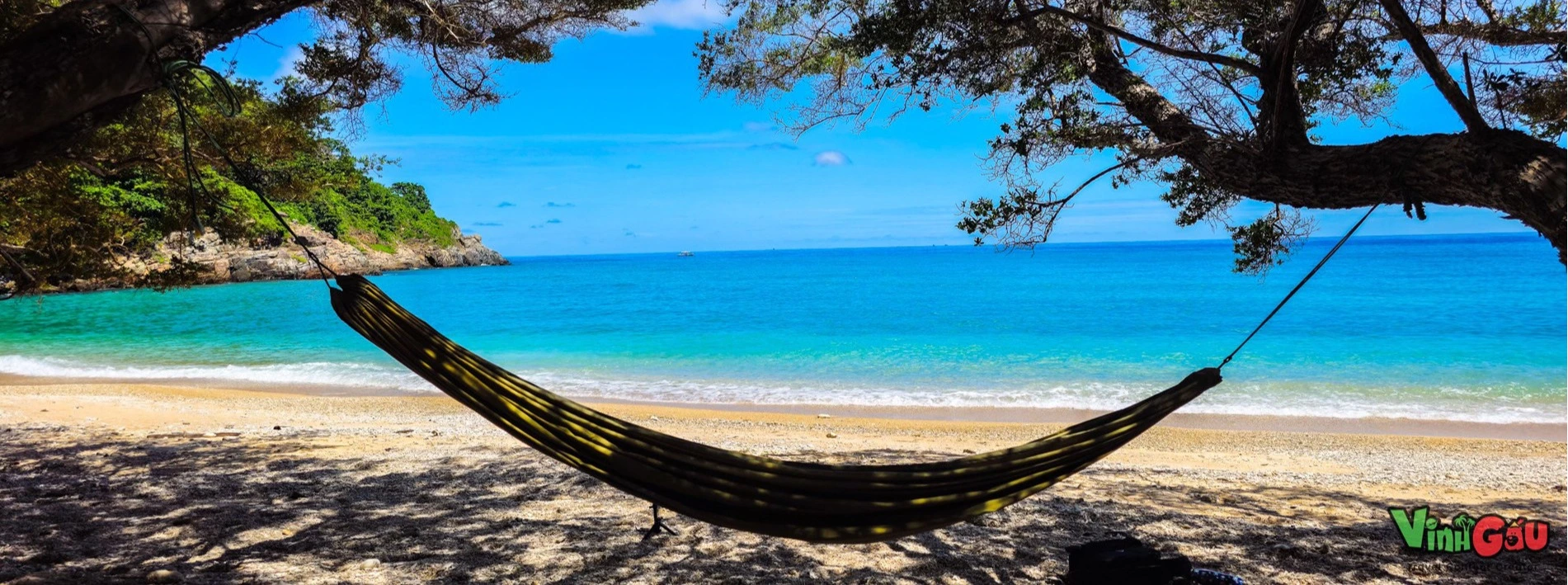Mr. Vinh Le (content creator, living in Ho Chi Minh City) has had 7 days to participate as a sea turtle conservation volunteer in Hon Cau (in Con Dao National Park, Ba Ria – Vung Tau). This is a program jointly organized by Con Dao National Park and the World Conservation Organization for Nature (IUCN) every year.
According to behavior, mother turtles often go ashore to lay eggs in the evening, when the water is high. This is also the time when volunteers start to go on duty, depending on the high tide. If the tide is late, they can start work from midnight to dawn.

From April to November every year is the time when sea turtles come to beaches and islands in the Con Dao National Park area to nest and lay eggs. In the peak season, some beaches in Bay Canh Island, Hon Tre Lon recorded 20 mother turtles nesting every night.
To lay eggs, the mother turtle must carry out stages including finding the yard, digging the nest, laying eggs and filling the nest to remove traces. They will choose an area of fine sand and use their front legs to level and lower, then use their hind legs to dig a hole about 50-70cm deep and about 20cm wide and start laying eggs. The process from the time the sea turtle goes ashore to the time the nest is hooked to lay takes about 1 hour.
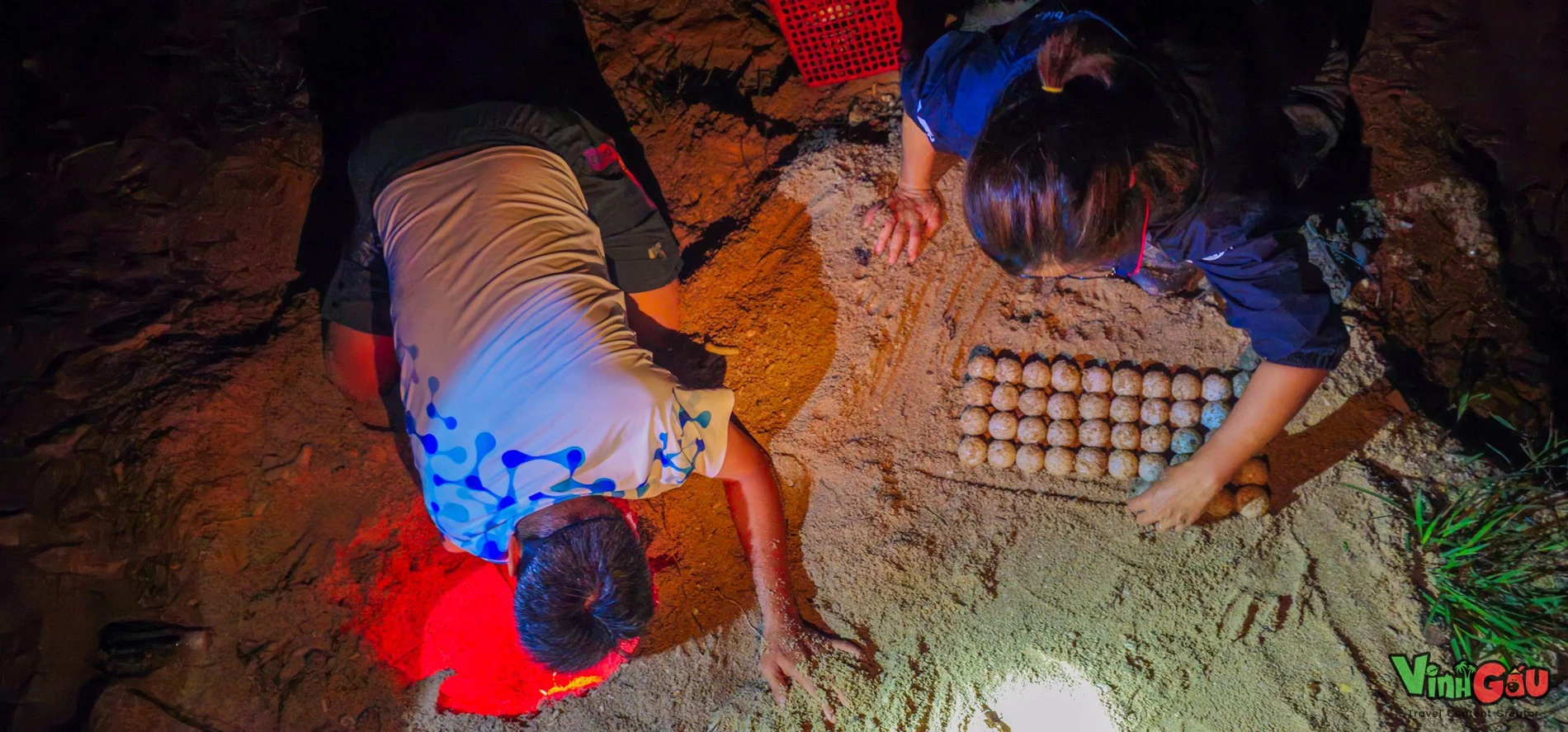
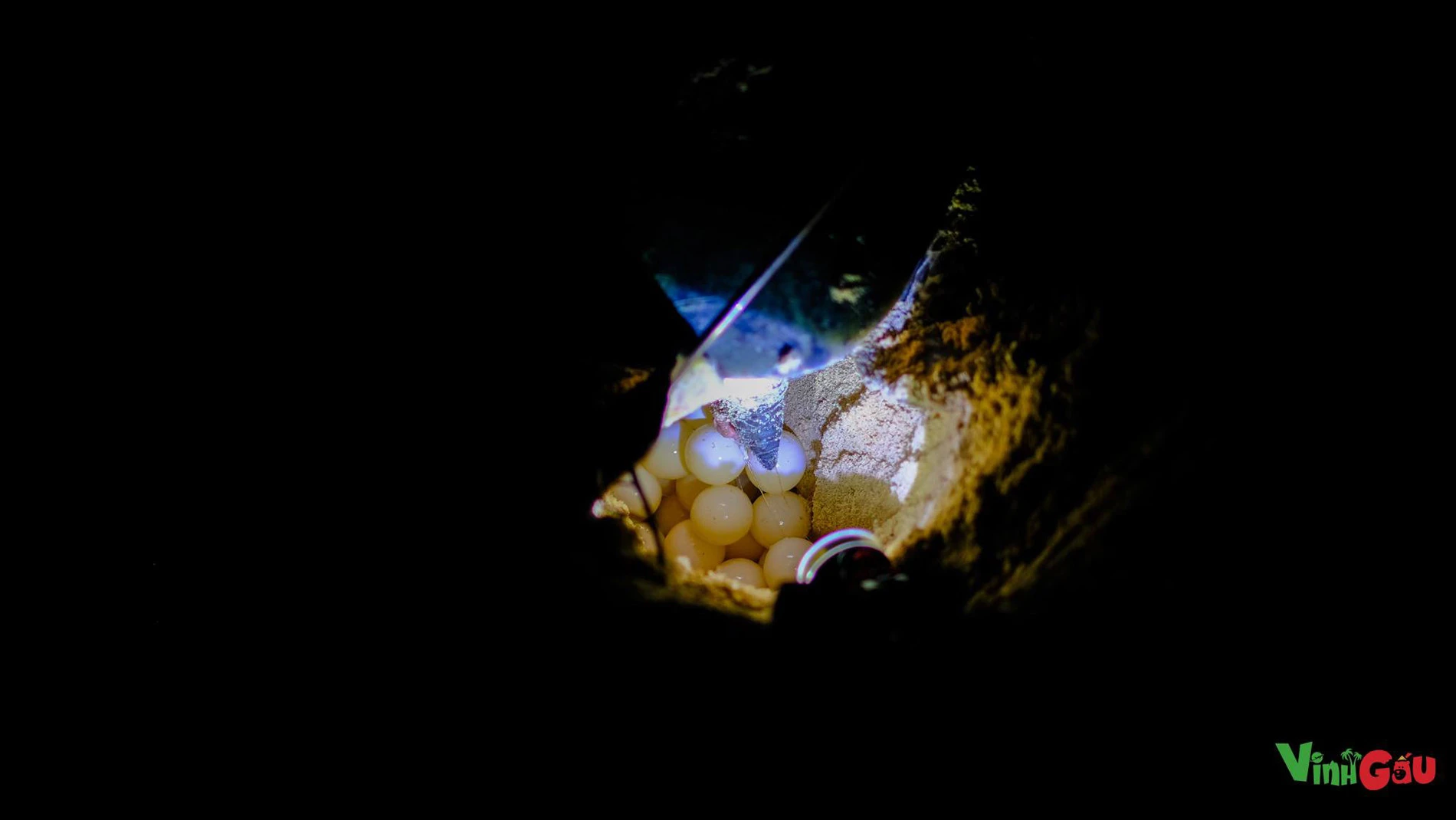
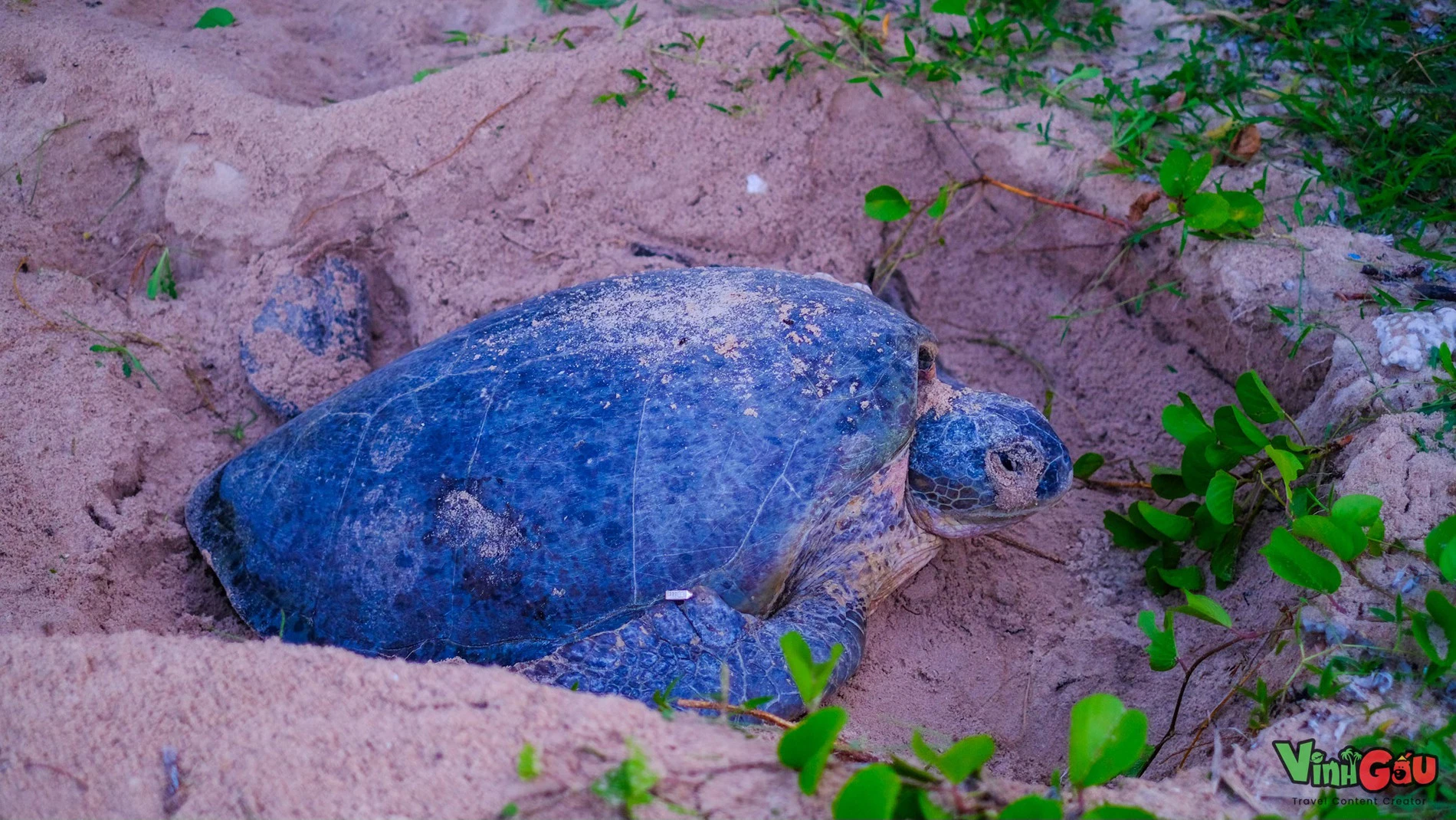
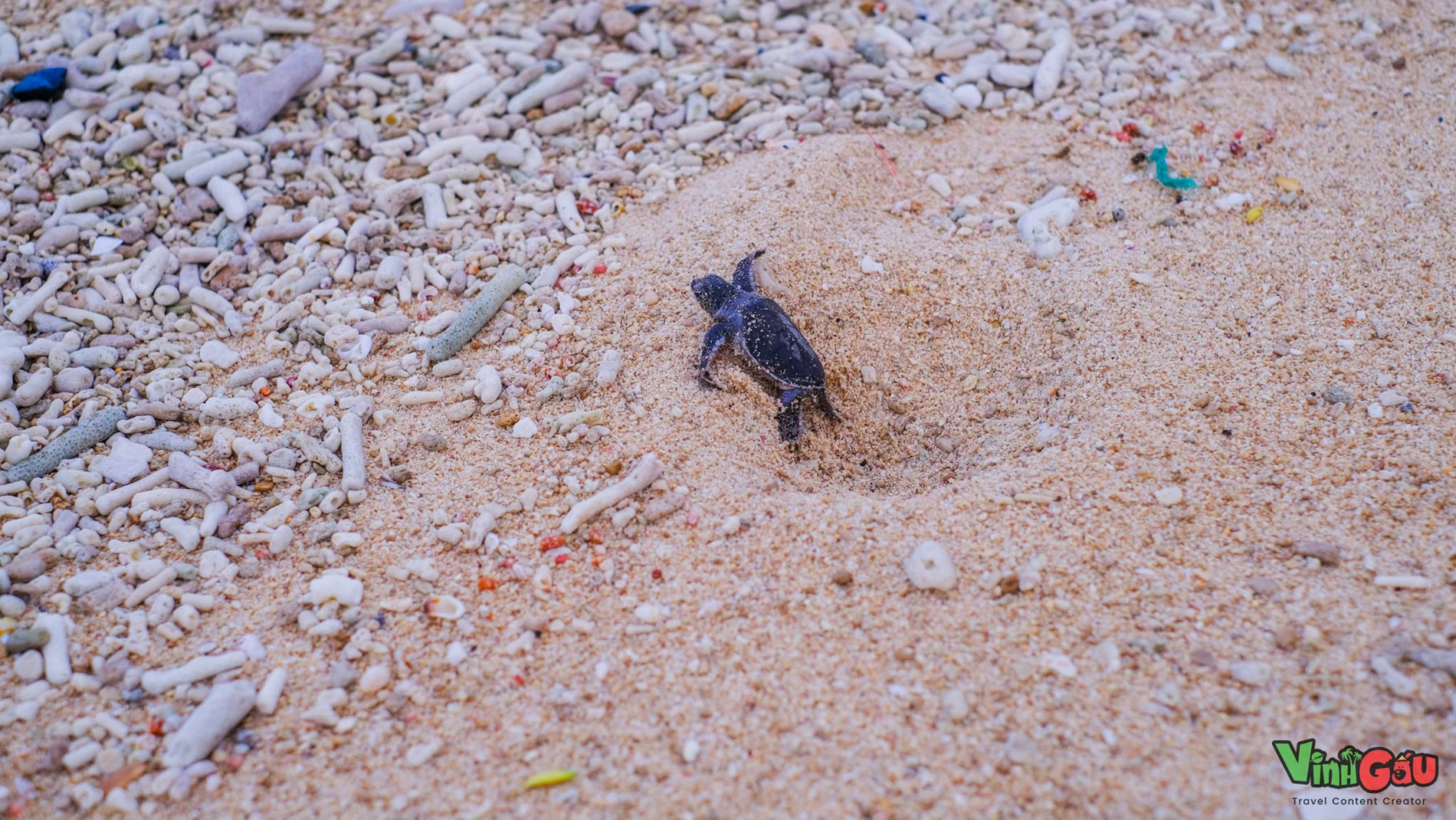
The mother turtle pushes the eggs in waves, sometimes having to stop to take a break to get strength. After that, it takes another 20-35 minutes to fill and camouflage the hole, ensuring that the eggs are safe. After completing the breeding process, the mother turtle returns to the sea and does not return to visit the nest again.
When turtles come ashore to lay eggs, volunteers like Mr. Vinh have to go to the beach early, gently move on the sand, trace the turtle's footprints to determine the location of the mother turtle. Then observe what stage of the birth process the mother turtle is in.
After watching the turtles lay, volunteers will bring the eggs to the hatchery area to protect them from attacks by humans or other animals.

The sea turtle egg incubation area is divided into two zones with or without a cover to balance the ratio of male and female turtles. The temperature around the nest determines the sex of the turtle. Normally, temperatures hotter than 29 degrees Celsius will increase the rate of female turtles.
On average, after about 45-60 days, the turtle egg nest will hatch. At that time, the volunteers brought the baby turtle to the sea. The release time is usually from about 6 am to 8 am, when the sun has not yet risen. The release position is about 2-3m from the edge of the sea for the turtle to crawl to the sea on its own. This is the path that the baby turtle will remember so that more than 20 years later, when it reaches adulthood and the breeding season, the female turtle will return here to lay eggs.
In addition to work related to sea turtle conservation such as monitoring mother turtles, moving eggs, releasing baby turtles into the sea... The volunteer group is also in charge of guiding tourists who have registered to see turtles laying. They also take advantage of rest time, experience some outdoor relaxing activities such as swimming, diving to see corals...
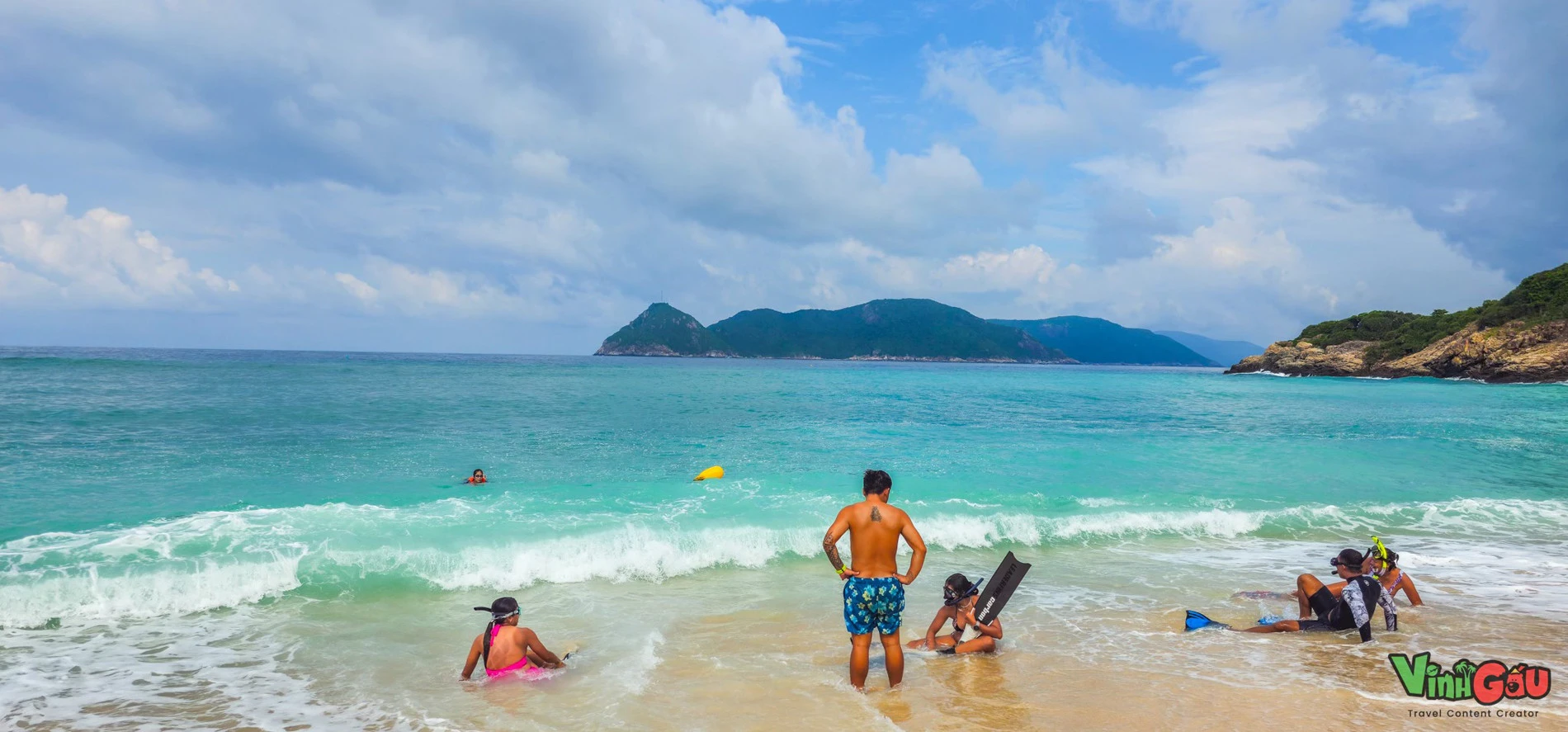
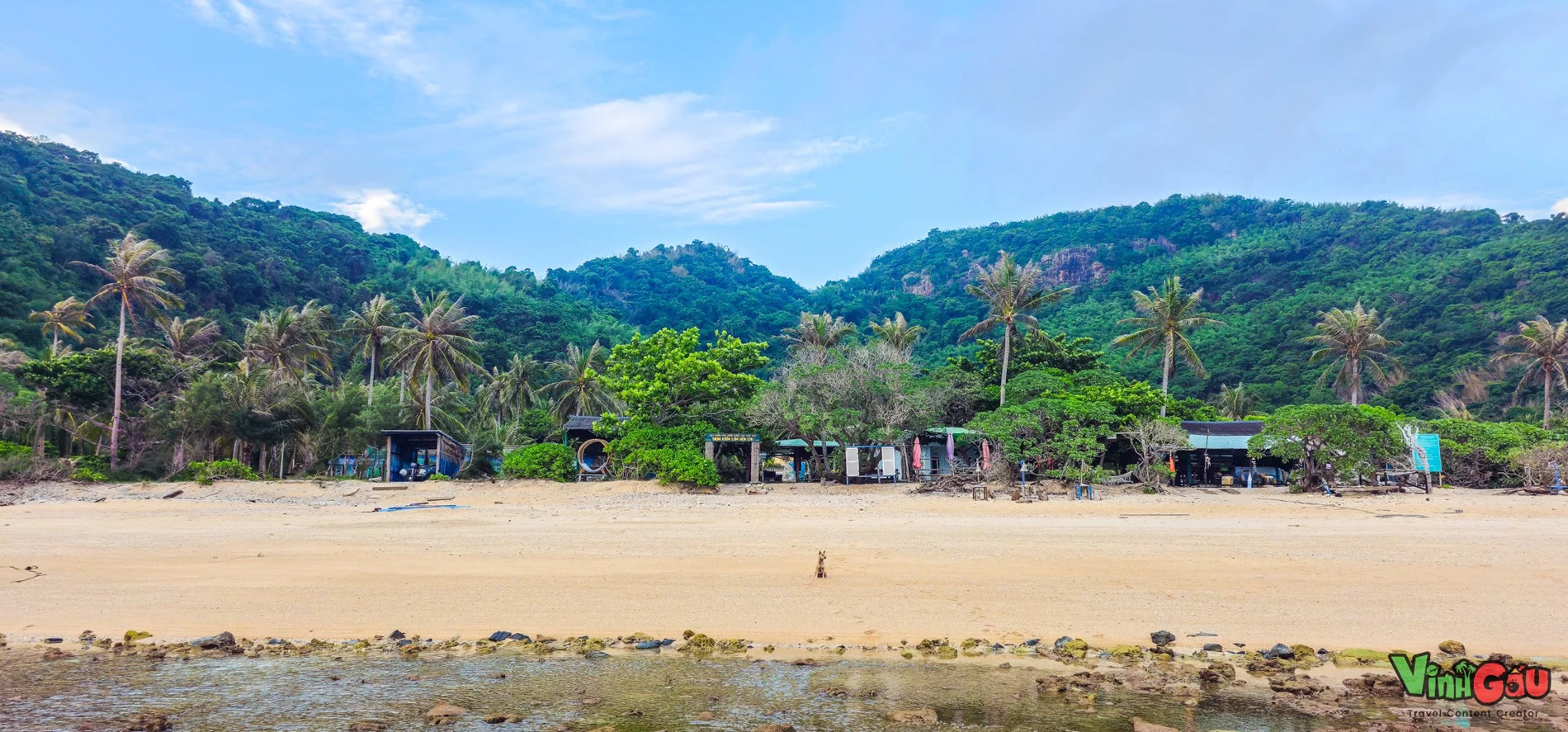
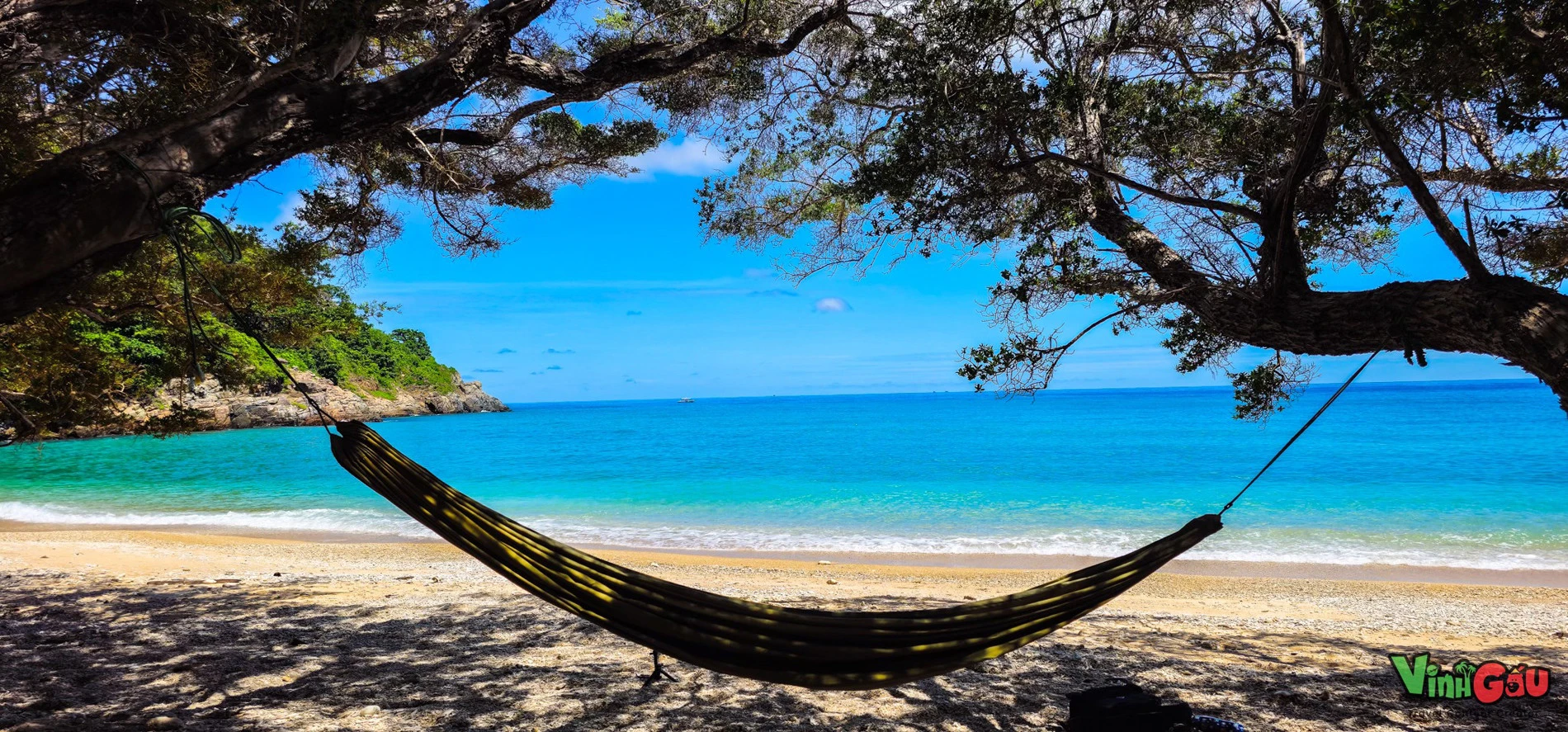
In his experience, the best time to visit Hon Cau in particular and Con Dao in general is from about March to October every year. At this time, the sea is calm, the weather is beautiful.
However, visitors need to check the weather forecast before the trip, check the canoe schedule or boats running to the island. If you come here from July to October – the season for sea turtles to breed, visitors can participate in tours to experience sea turtles laying eggs and releasing baby turtles into the sea.
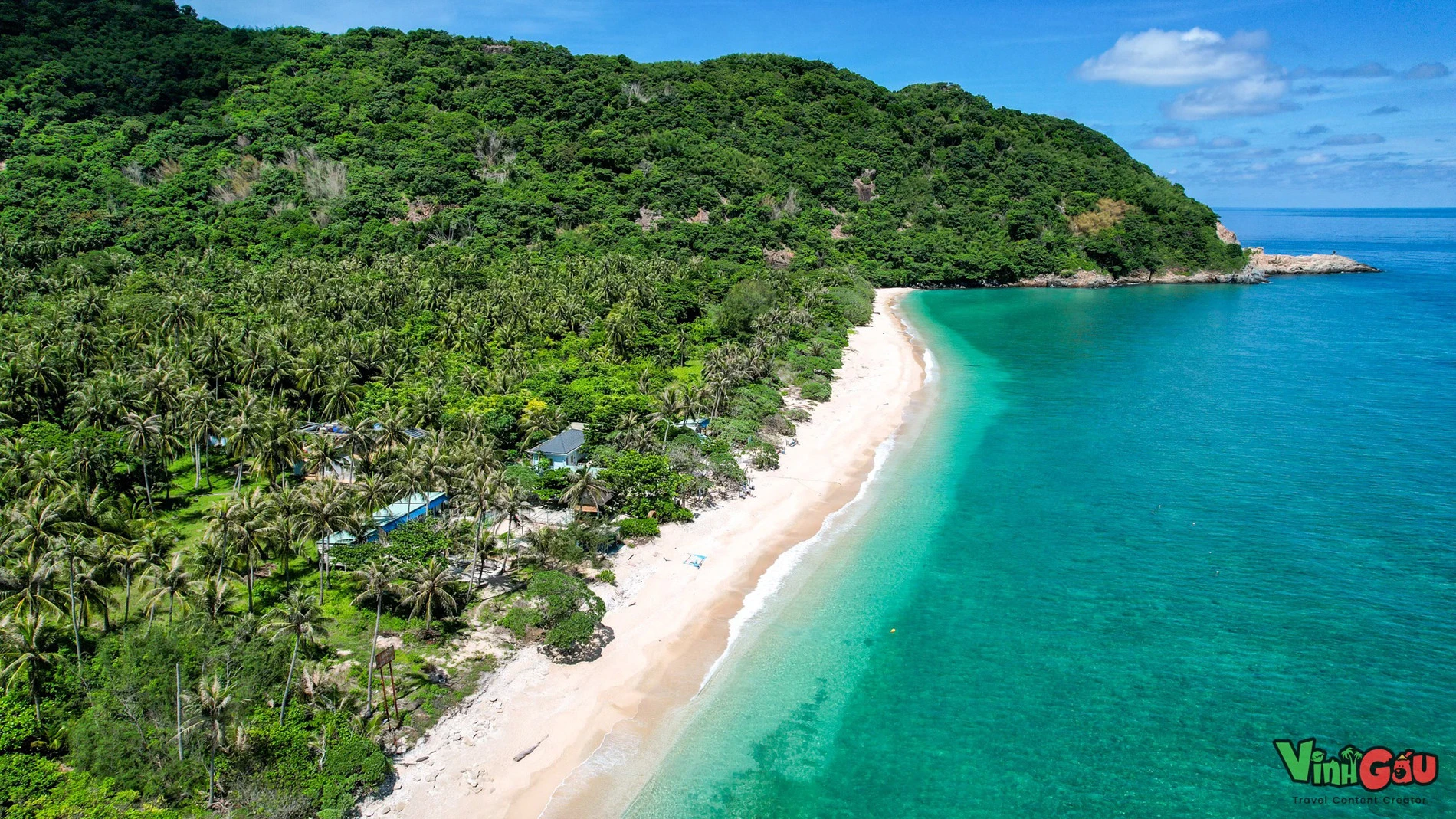
If you have the opportunity to come to Hon Cau, you should also pay attention to prepare a life jacket, rent diving goggles (can be rented at the National Park Center when applying for a permit), mosquito repellent and insect repellent... At the same time, it is necessary to have a guide from the National Park or a local to accompany you to ensure maximum safety.
Photo: Vinh Gau
Source: VNN
